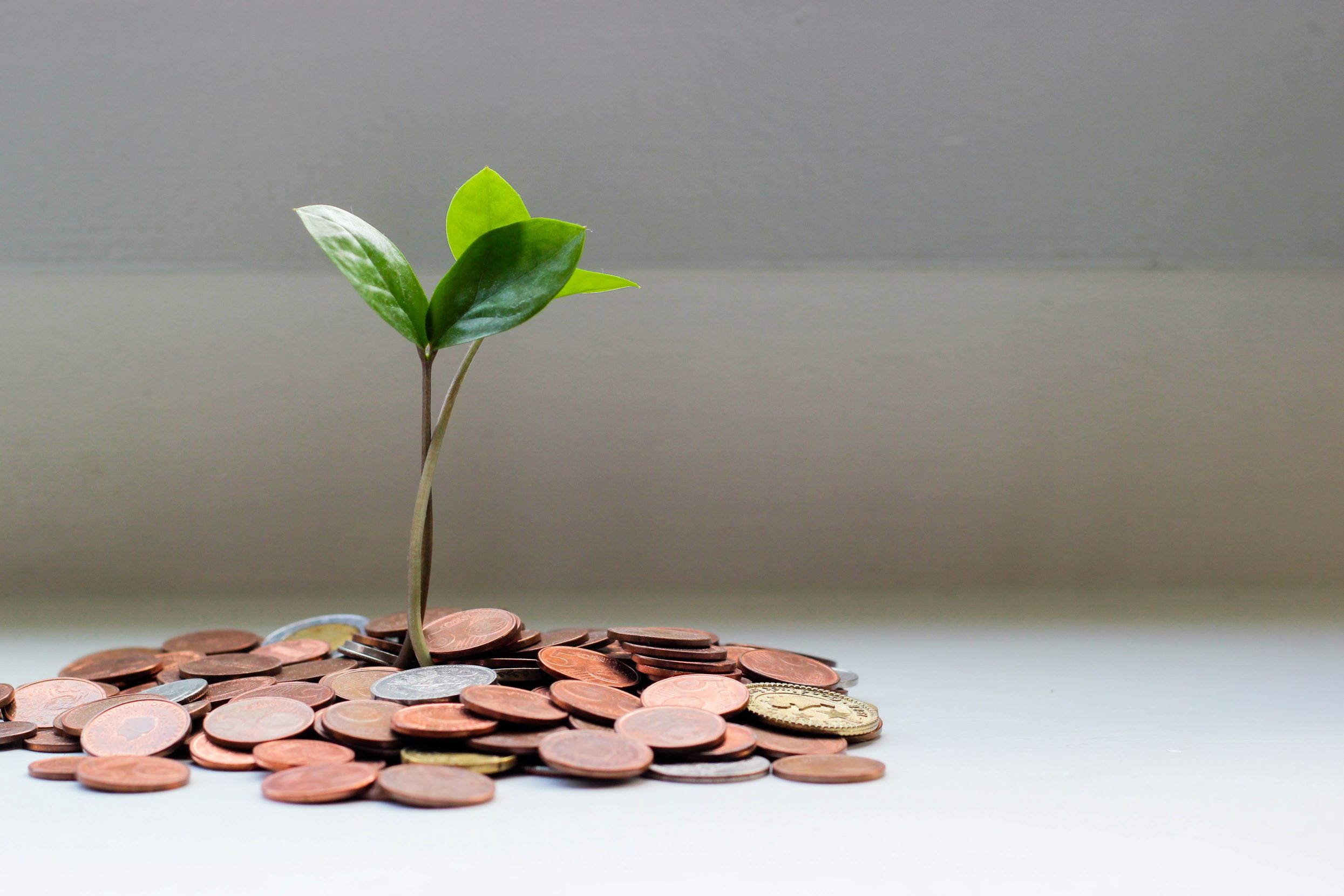
 Cameron Hepburn and Alex Bowen of the LSE’s Grantham Research Institute on Climate Change explore the potential for green industries to promote economic growth. This blog is based on a longer paper.
Cameron Hepburn and Alex Bowen of the LSE’s Grantham Research Institute on Climate Change explore the potential for green industries to promote economic growth. This blog is based on a longer paper.
The financial crisis and the Great Recession have put economic growth back at the top of the political agenda in most countries. That is not surprising. The surprise is that there has also been a backlash against economic growth, from three completely different camps.
First, those whom we call ‘inevitable no-growthers’, such as US economist Robert Gordon, who argue that low or zero growth in developed economies may be inevitable. Second, ‘environmental no-growthers’, such as Prosperity without Growth author Tim Jackson, who argue that the planet cannot sustain continued increases in economic activity. Third, ‘lifestyle no-growthers’, such as Lord Robert and Edward Skidelsky, authors of How Much is Enough, who conclude that we would be better off without growth, because we should all stop working so hard, slow down and enjoy life a little more.
The delusions of ‘business as usual’ growth
There is something plausible in each of these arguments, and indeed some of these ideas are at least partially right. Certainly, they do not suffer from the delusions of those who would argue for return to ‘business-as-usual’ growth at all costs. The ‘business-as-usual’ camp have often advocated stimuli (such as VAT decreases) that only serve to increase unsustainable consumption — rather than the sensible investment needed for long-run economic well-being — or have cut the public sector in the hope that private sector spending will more than make up for fiscal austerity. Promoters of ‘business-as-usual’ appear to have their heads firmly in the sand about the critical set of environmental challenges that face humanity, not least climate change and biodiversity loss.
In our opinion both the ‘business-as-usual’ and ‘no growth’ views are misguided, as one of the authors here (Cameron Hepburn) argued on BBC Radio 4’s Stephanomics earlier this year. Economic growth is a natural consequence of a flourishing society, where development goals are achieved, poverty is reduced and human well-being improves. But ‘business-as-usual’ growth is self-defeating; it undermines the very assets that allow growth to occur, namely a healthy environment and climate system. A different model is required.
Reducing poverty and protecting natural capital
Happily, a different model is already available. The essence is pretty simple: green growth integrates environmental concerns into the growth model, by ensuring that valuable natural assets have appropriate long-term prices placed on them to reflect their scarcity. Green growth is the only model through which humanity can flourish and develop, continue to reduce poverty and at the same time protect natural capital – such as climate stability – without which future growth will be retarded.
The good news is that, in addition to being necessary, the green growth model is attractive for three reasons. First, green growth implies a new wave of technological change, innovation and the dissemination of new ideas to produce a cleaner, quieter, safer, more efficient and more sustainably prosperous world. Second, this kind of growth involves bringing communities together to share lessons and insights. Third, in addition to reducing the worst risks of climate change, and hence allowing a basis for future prosperity, green growth also reduces shorter-term economic risks. Countries that do not make the transition early, and gradually, to green growth will eventually have the transition forced upon them.
Is it possible?
So what is not to like? The ‘inevitable no-growthers’ will say that any further growth is impossible. But we have been innovating very successfully since the industrial revolution, and ideas beget more ideas. Ideas are not like ordinary inputs to production: when someone uses a new bright idea, it does not prevent other people doing the same.
The ‘environmental no-growthers’ will argue that there is no historical evidence that a rapid transition to life within ecological limits is consistent with continued economic growth. They are correct. But equally, there is no evidence that respecting ecological limits is consistent with killing off growth and maintaining annual economic output at the current level. No growth implies that people feel poorer, and that there is less cash to pay for innovations that protect natural capital.
The ‘lifestyle no-growthers’ will argue that all this innovation and ’progress‘ will just leave us chasing our tails even faster than before, and that we will be no happier. There may be some truth to that. But this does not apply to the nearly 1.3 billion people living on US$1.25 a day. They will, one way or the other, try to lift themselves out of poverty, and their development will either occur in a way that is consistent with preserving the Earth’s natural capital, or will undermine the conditions for the prosperity of humanity on Earth.
The stranglehold of growth at all costs
The bad news is that humanity is showing, at best, only tentative moves to break with the ‘business-as-usual’ model and transition to green growth. For instance, the financial crisis presented an opportunity to stimulate economies by investing in natural capital and other assets that facilitate the transition to green growth. That opportunity was largely wasted. Promises by the current UK coalition to be ‘the greenest Government ever’ look increasingly hollow. And climate change has fallen off the top of the political agenda in many countries, not least the USA. Time will tell whether Hurricane Sandy leads to any real shift in attitudes.
Taxes and incentives
To accelerate the transition to a green growth economic model we need a concerted, collective and sustained effort to treat natural resources and the environment with proper regard. In practical terms, that means governments must ensure that resources are priced properly and environmentally destructive practices are not subsidised.
It means imposing environmental taxes (for example, by extending the scope of the EU Emissions Trading System) and removing dirty subsidies (for example, for oil exploration). It means allocating funds to support green innovation and R&D, developing low-carbon infrastructure and energy, and providing safety nets for those whose pockets would be hit hardest by the transition to green growth, such as poor households with big energy bills.
It also requires a discussion about economic and environmental goals and the role of ethical behaviour in supporting sustainable development. But people may need more of a shove than a nudge to start the transition to green growth; economic incentives are generally effective in providing the pervasive and sustained signal necessary.
This article was first published on the Green Alliance Blog.
Note: This article gives the views of the author, and not the position of the British Politics and Policy blog, nor of the London School of Economics. Please read our comments policy before posting.
Dr Cameron Hepburn is an expert in environmental, resource and energy economics. He is Senior Research Fellow at the Grantham Research Institute at the London School of Economics and a Fellow at New College, Oxford.
Dr Alex Bowen is Senior Research Fellow at the Grantham Research Institute for Climate Change and the Environment at the London School of Economics and Political Science. He previously worked at the Bank of England, most recently as a Senior Policy Advisor. Policy brief: the case for carbon pricing can be found at www.lse.ac.uk/grantham







